Description
Combine art and science with these units on types and shapes of leaves, tropisms and seed dispersal, types of flowers around the world, and types of trees. Students learn from a short description of each term illustrated and then practice copying the examples on grids. Review questions and answer keys are also included. See a preview of each title at the links below.
You may also enjoy Learning About Plants Activity Bundle (Ages 8-13).
Draw and Explore Science: Types of Leaves: The Draw and Explore Science series is a great way to combine art and science. A short description of ten different types of leaves is given, focusing on types of trees and vein patterns in leaves. Each is followed by an image of the leaf on a grid. Next, students can do one or all of the assignments that follow. They can draw half of the image in a grid that shows the left half of the picture, half of the image in a grid that shows the right half of the picture, or the entire image on an empty grid. This makes the unit completely flexible for both left-handed and right-handed students. Ten review questions and an answer key are also included. Types of leaves included are palmate, parallel, pinnate, ash, beech, bur oak, horse chestnut, red maple, sycamore, and a basic leaf. 31 pages total.
Draw and Explore Science: Types of Trees: The Draw and Explore Science series is a great way to combine art and science. A short description of ten different types of trees is given. Each is followed by an image of the tree on a grid. Next, students can do one or all of the assignments that follow. They can draw half of the image in a grid that shows the left half of the picture, half of the image in a grid that shows the right half of the picture, or the entire image on an empty grid. This makes the unit completely flexible for both left-handed and right-handed students. Ten review questions and an answer key are also included. Trees included are the acacia, almond, bald cypress, cashew, coast redwood, coconut palm, date palm, eucalyptus, palo verde, and spruce. 31 pages total.
Draw and Explore Science: Ways Plants Move: The Draw and Explore Science series is a great way to combine art and science. A short description of tropism, four main types of tropism, and seven different methods of seed dispersal is given. Each is followed by a related image on a grid. Next, students can do one or all of the assignments that follow. They can draw half of the image in a grid that shows the left half of the picture, half of the image in a grid that shows the right half of the picture, or the entire image on an empty grid. This makes the unit completely flexible for both left-handed and right-handed students. Fifteen review questions and an answer key are also included. Key vocabulary terms studied are tropism, geotropism, hydrotropism, phototropism, and thigmotropism, as well as the following seed dispersal methods: gravity, animal ingestion, animal fur, water, explosion, wind, and fire-mediated. 35 pages total.
Draw and Explore Science: Flowers Around the World: The Draw and Explore Science series is a great way to combine art and science. A short description of ten different flowers from around the world is given. Each is followed by a related image on a grid. Next, students can do one or all of the assignments that follow. They can draw half of the image in a grid that shows the left half of the picture, half of the image in a grid that shows the right half of the picture, or the entire image on an empty grid. This makes the unit completely flexible for both left-handed and right-handed students. Ten review questions and an answer key are also included. Flowers learned about include calla lily, carnation, daisy, iris, magnolia, narcissus, pansy, petunia, rose, and tulip. 31 pages total.

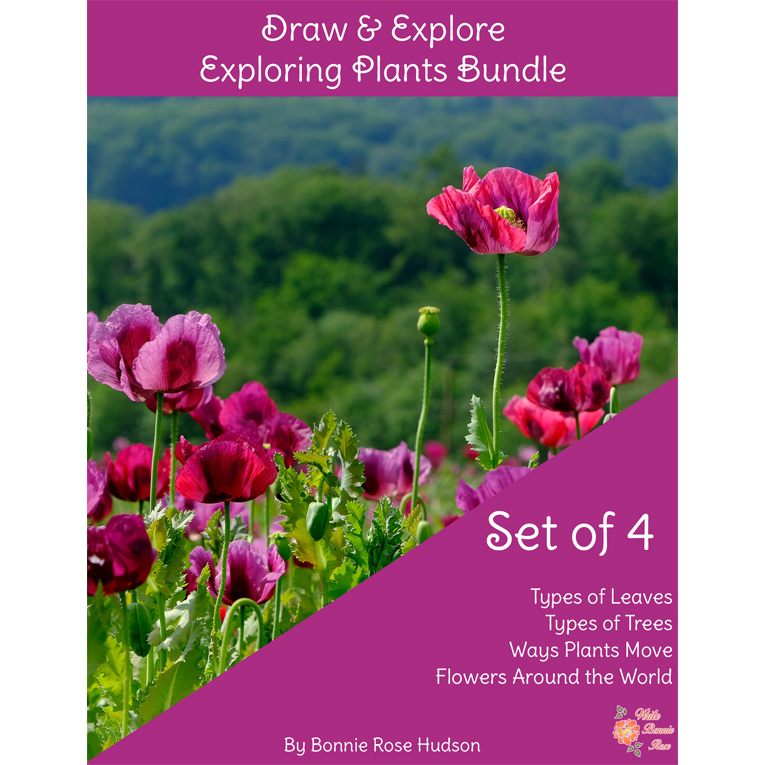
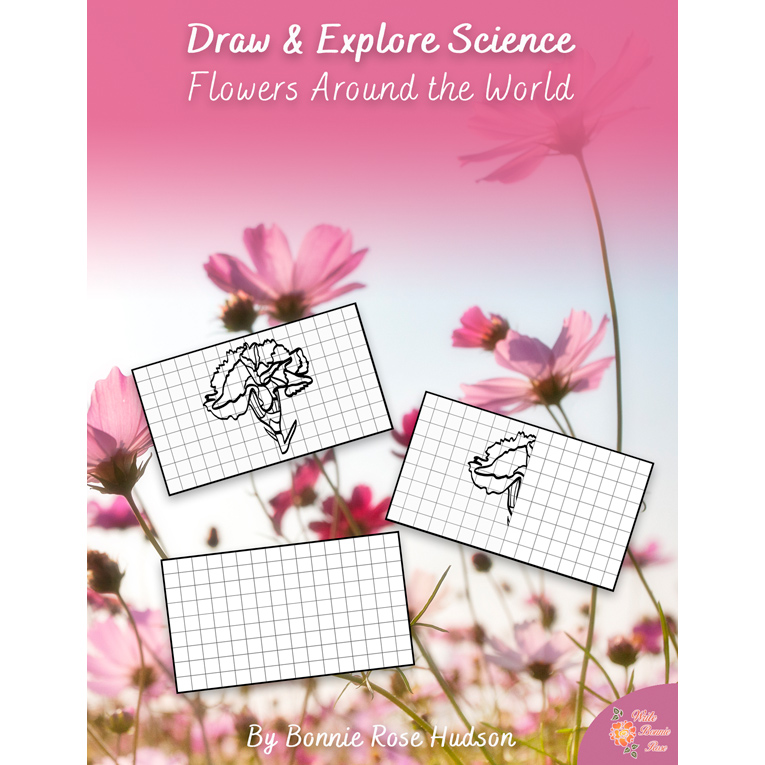
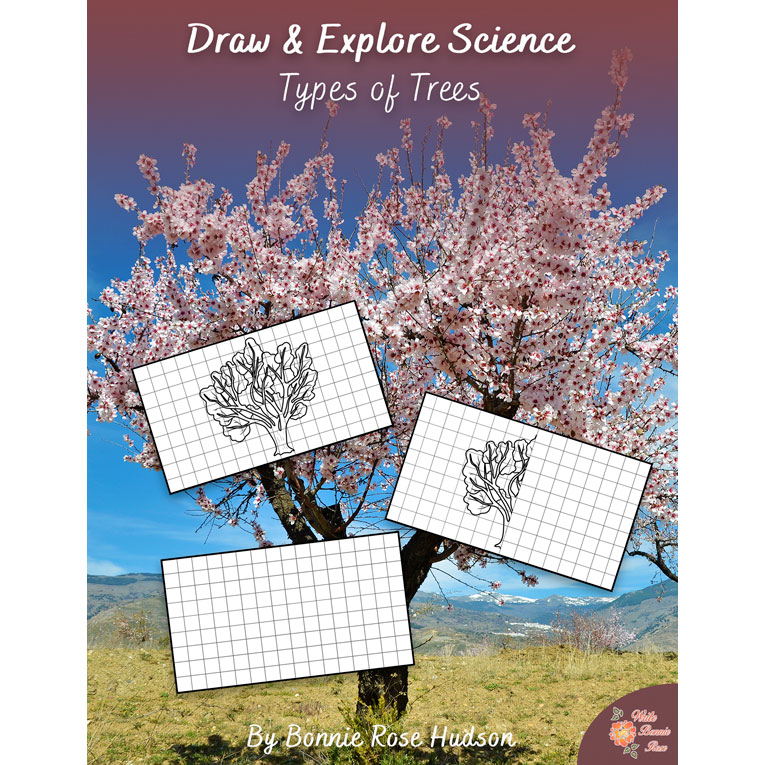

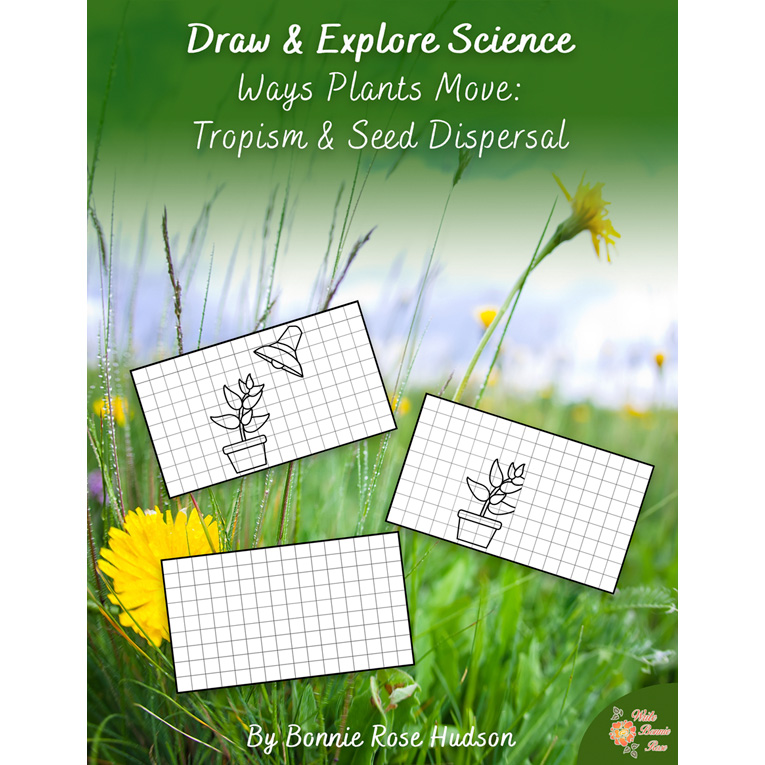
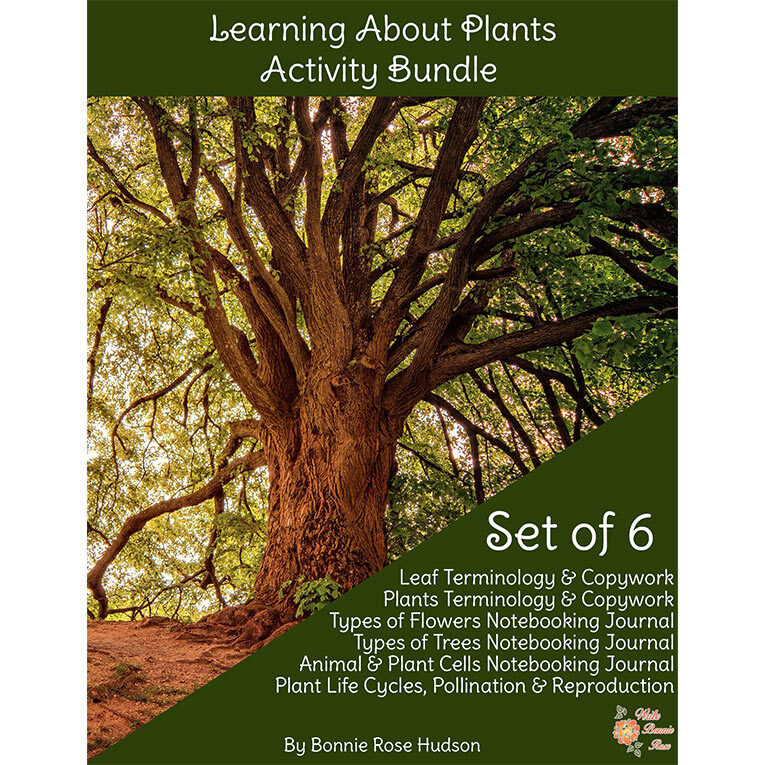
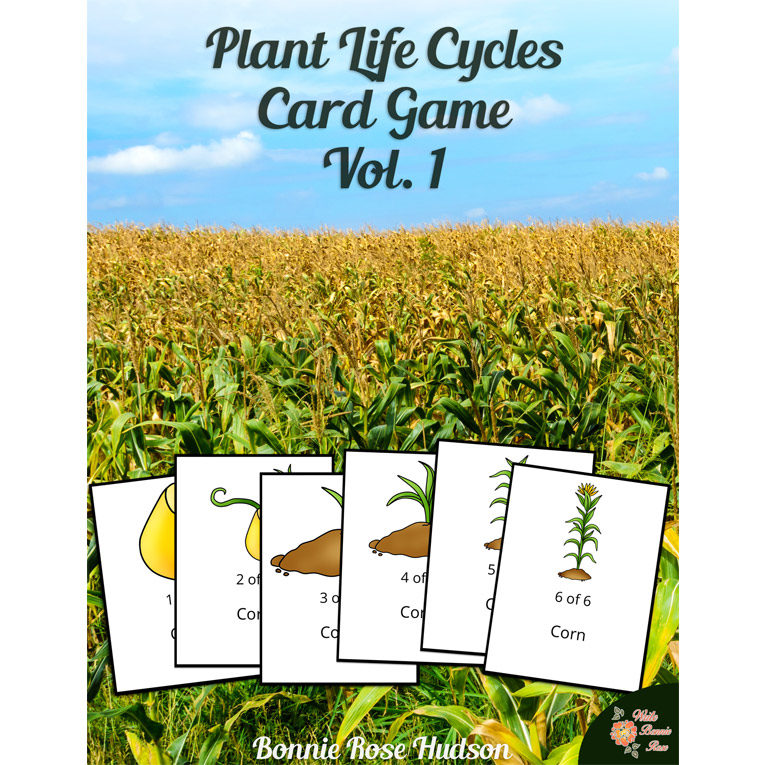
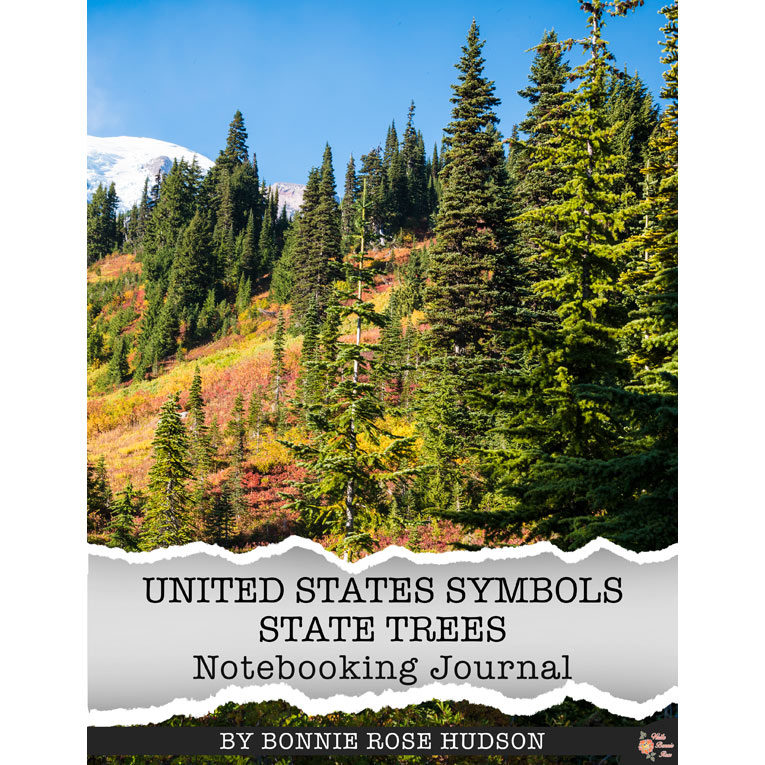
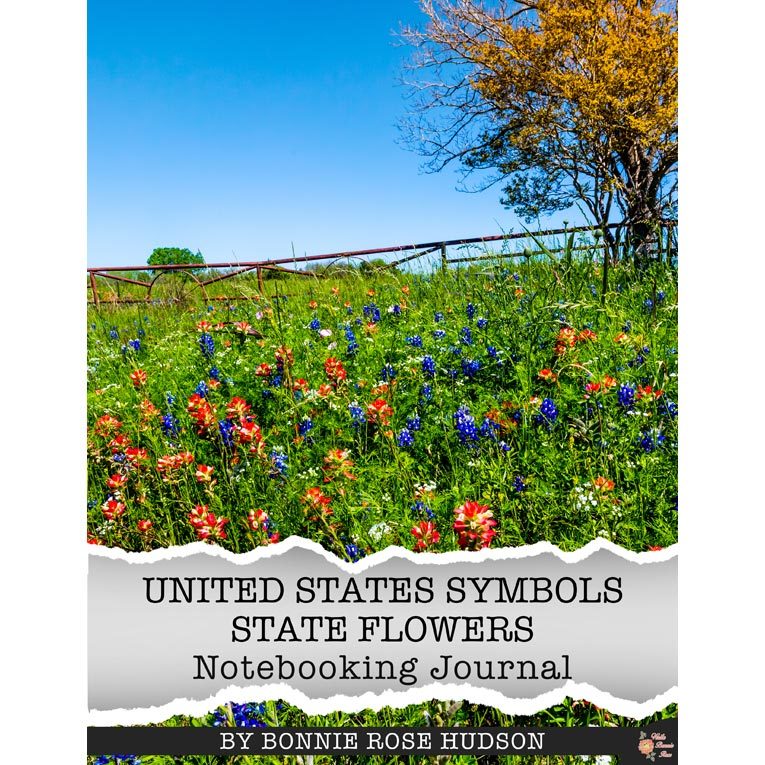
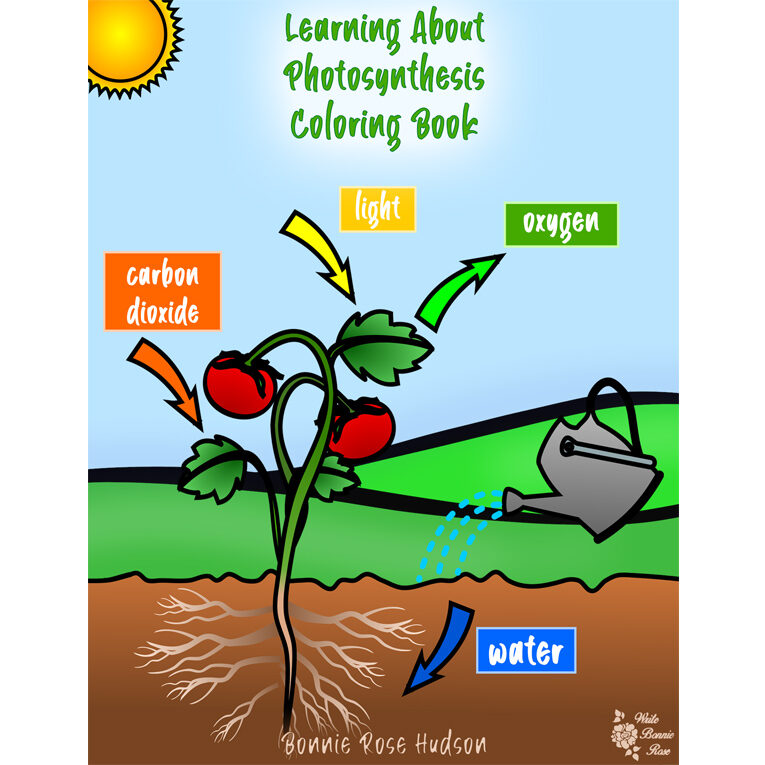
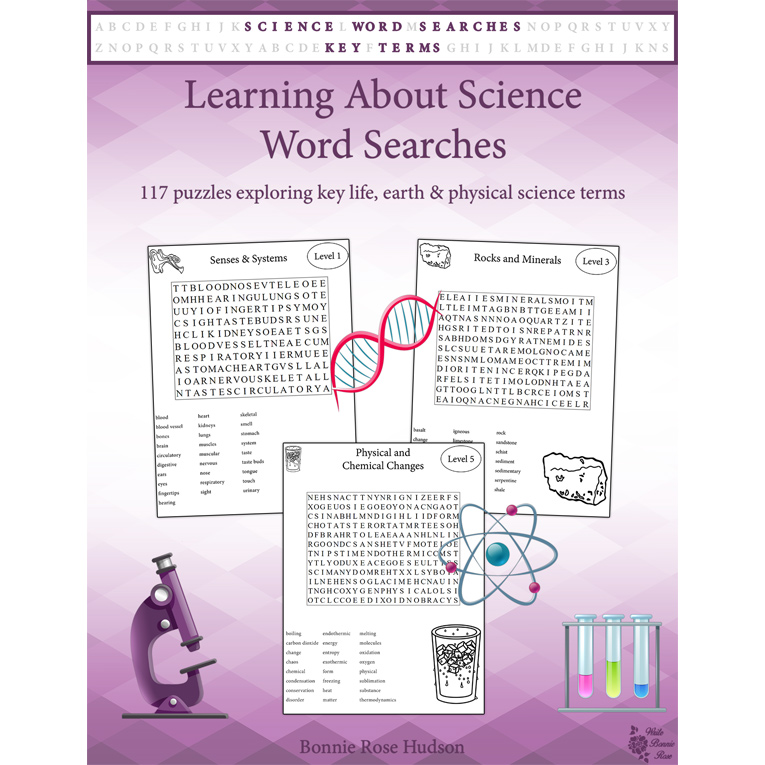
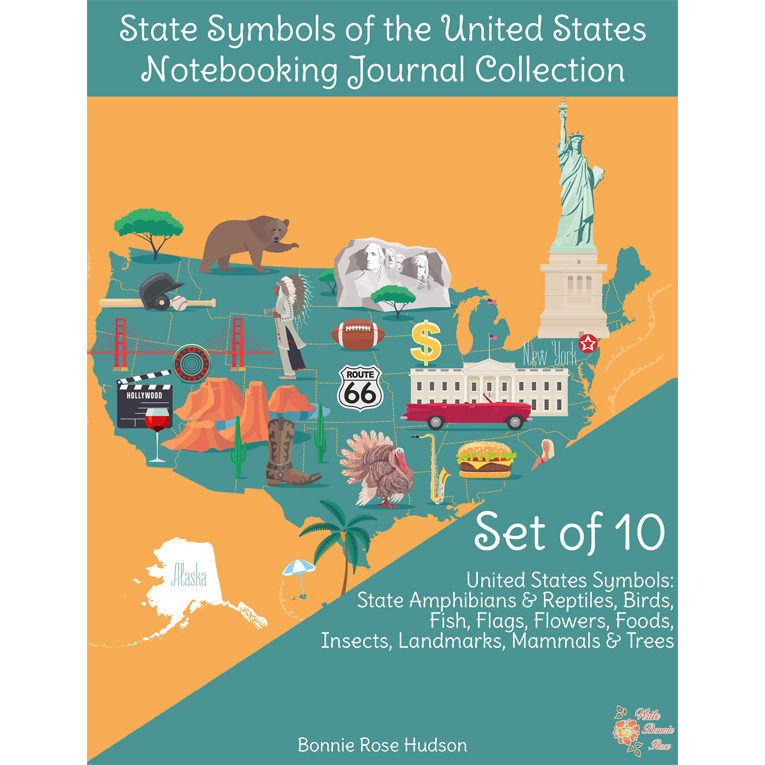
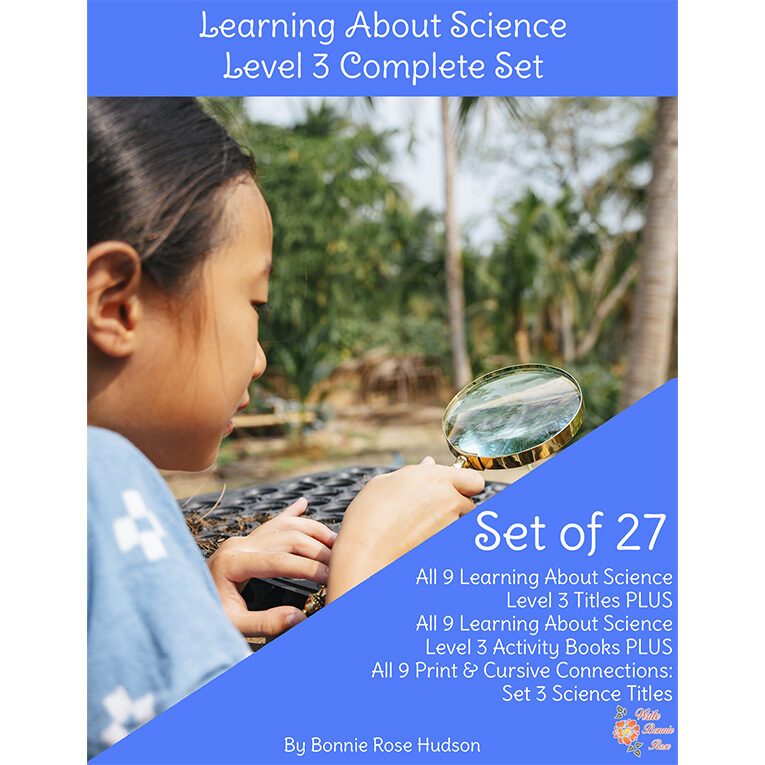
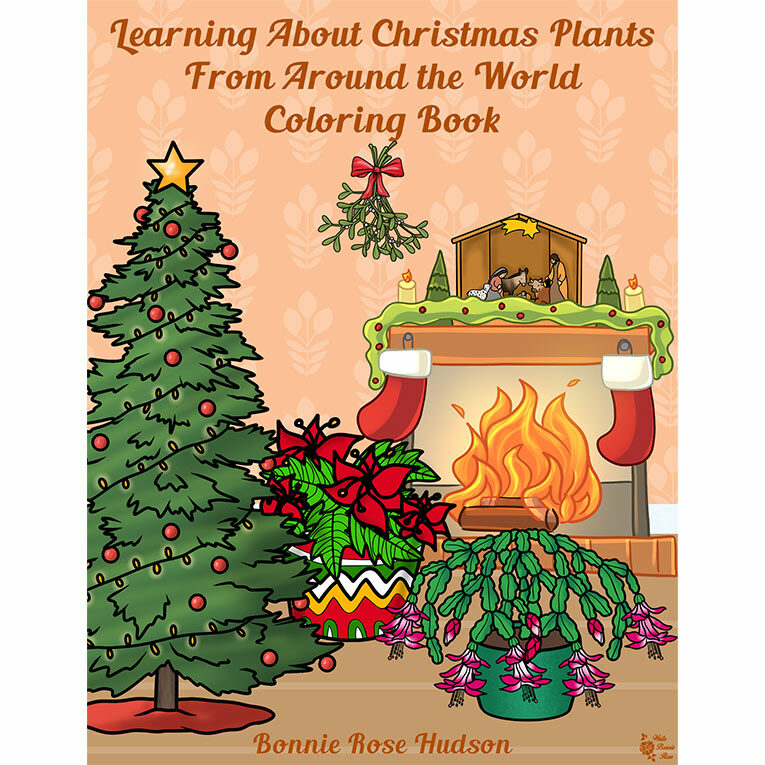
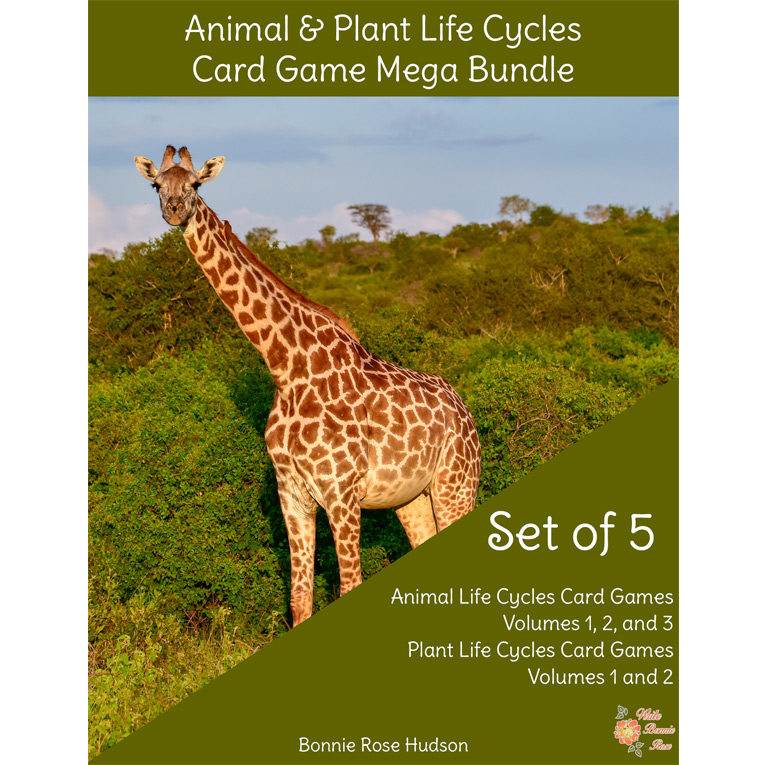
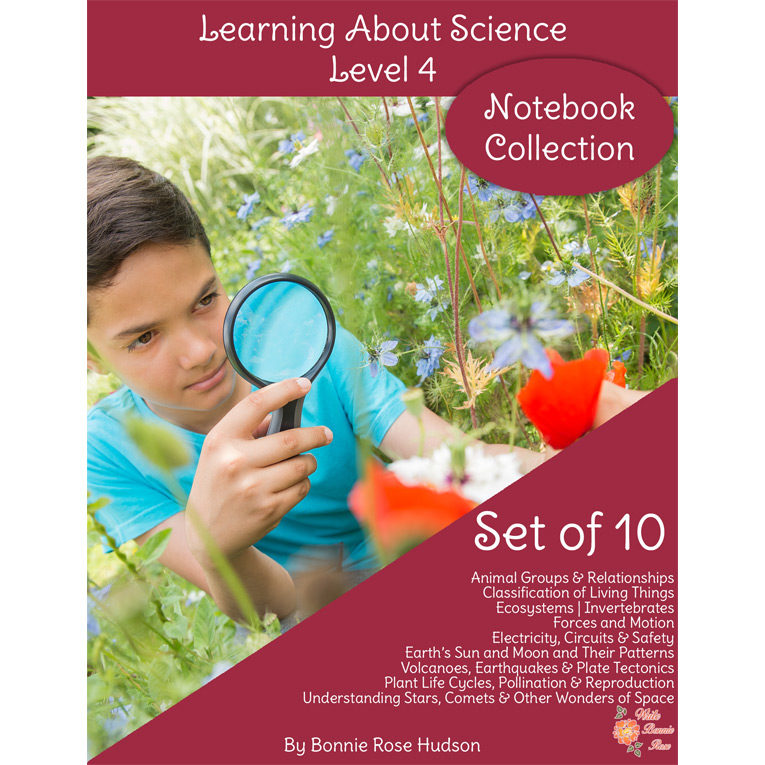
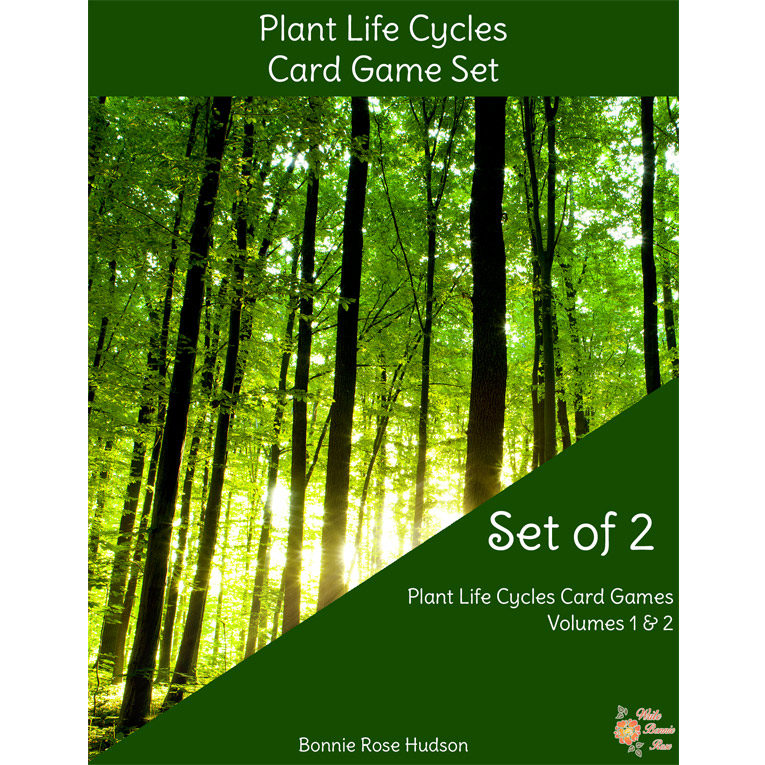
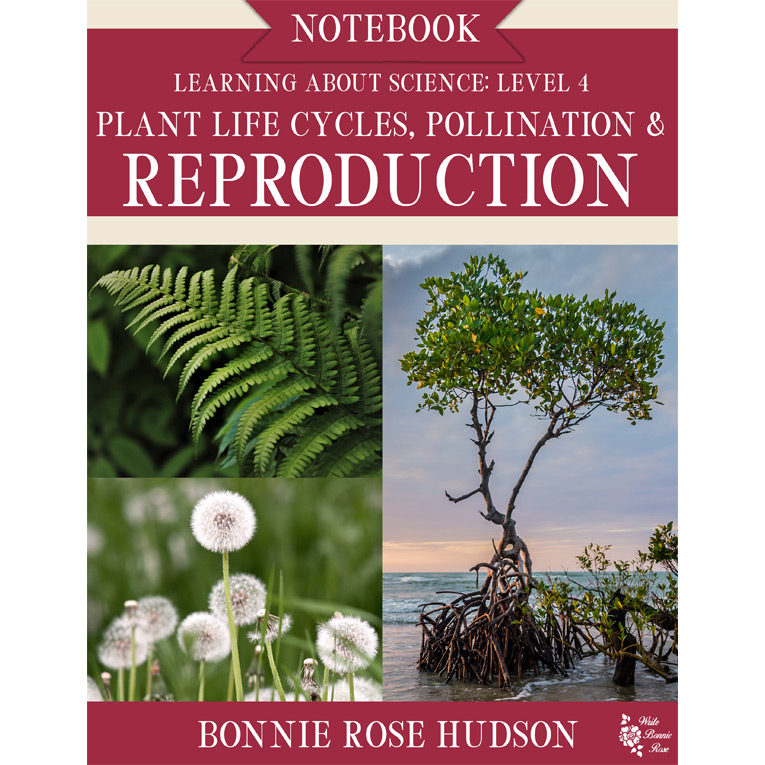
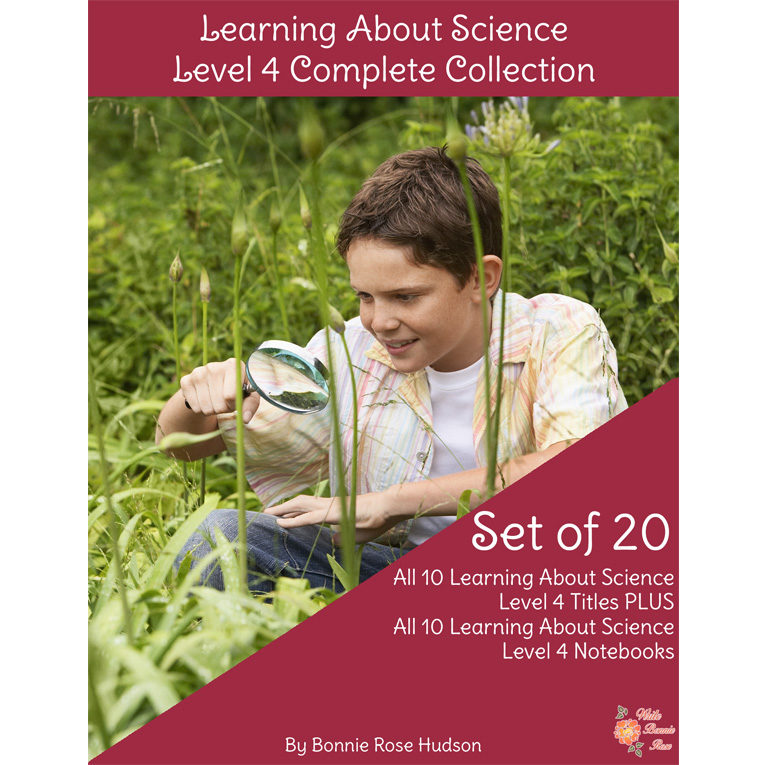
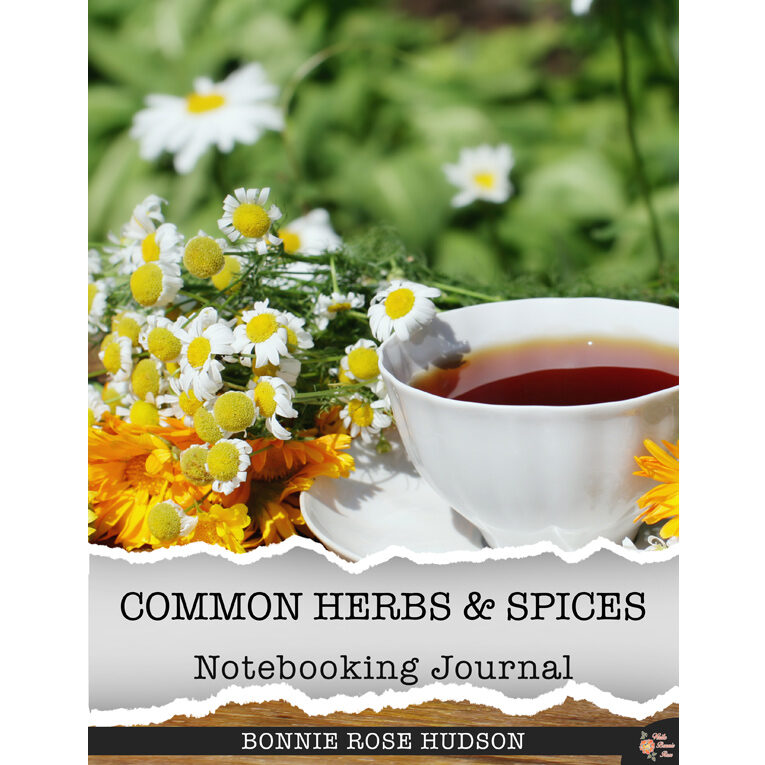
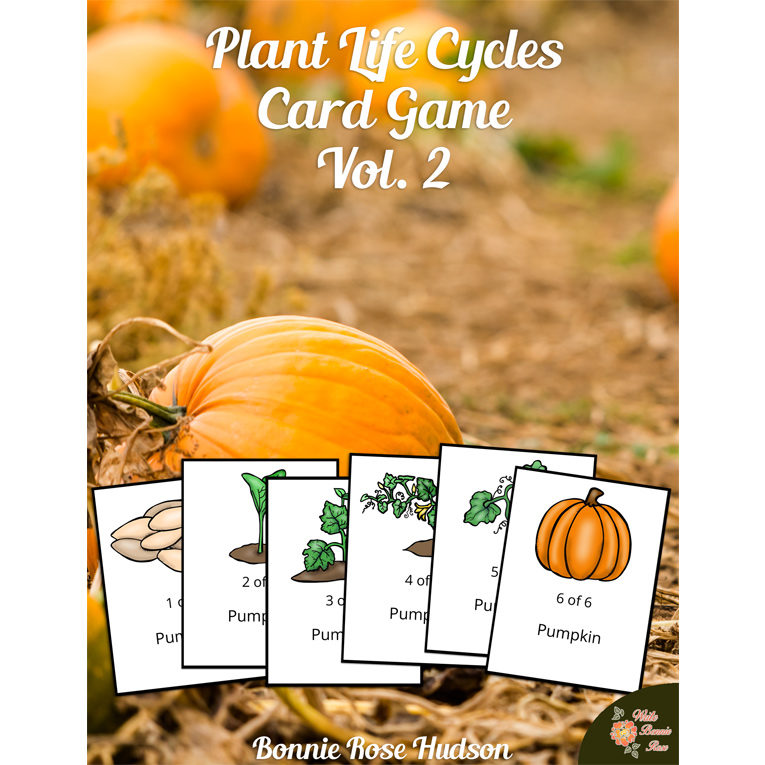
Reviews
There are no reviews yet.